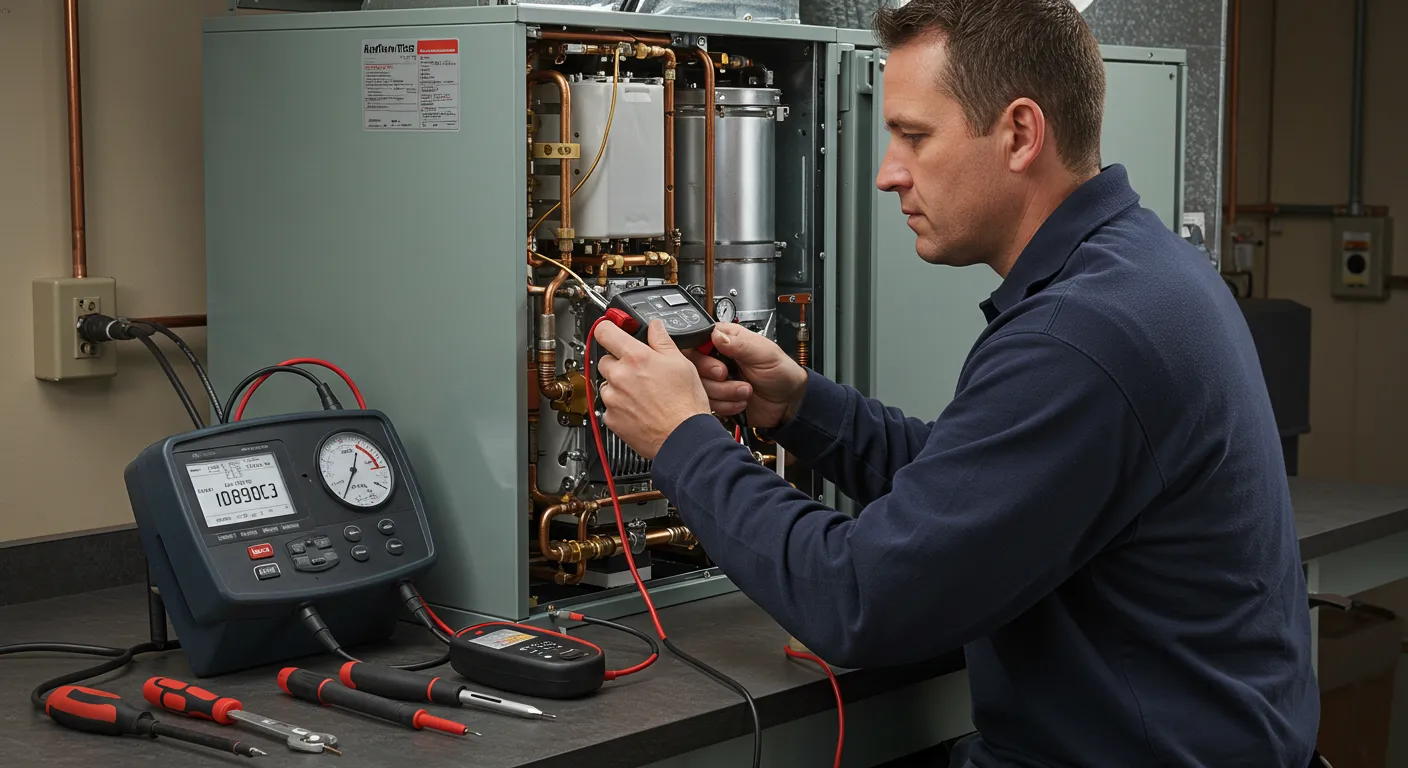HVAC Installation in Stillwater, OK
Upgrading or installing a new HVAC system is one of the most important investments you can make in your home or business in Stillwater, OK. With hot, humid Oklahoma summers and cold snaps in winter, a correctly sized, professionally installed system delivers consistent comfort, better indoor air quality, and lower energy use. This page explains the full HVAC installation process from Sitton Mechanical, LLC. in plain language so you know what to expect—from the initial assessment through post-install testing and orientation.
Common HVAC Installation Types and Why They Matter in Stillwater
- Central air with gas furnace: Common for older and newer homes; provides reliable heating in winter and strong cooling in summer.
- Heat pump systems (air-source or dual-fuel): Highly efficient year-round options that handle Stillwater’s mild-to-hot summers well and can be paired with gas backup for the coldest days.
- Ductless mini-splits: Ideal for additions, older homes with no ductwork, or targeted comfort zones.
- Commercial rooftop or packaged systems: Designed for business spaces with different zoning and ventilation needs.
- Geothermal (where feasible): Extremely efficient but best suited for properties with space and budget for ground loops.

What We Assess Before Recommending Equipment
A successful HVAC installation starts with a thorough on-site assessment. Key items evaluated include:
- Home or building size, layout, and orientation
- Insulation levels, attic condition, and air leakage
- Existing ductwork: size, layout, condition, and leakage
- Electrical service capacity and gas line condition (if applicable)
- Occupant comfort patterns and thermostat locations
- Local climate exposure (sun-facing rooms, shaded areas)
This assessment supports accurate load calculations (Manual J) and ensures the new system matches your building’s needs, not just the square footage.
Proper Unit Sizing and Energy-Efficient Equipment Recommendations
Choosing the right size matters. An oversized unit will cycle frequently, increasing humidity problems and wear; an undersized unit will run continuously and struggle to reach setpoints. Sizing is based on a load calculation that considers local Stillwater weather, insulation, window area, and occupancy.
Energy and performance factors to consider:
- SEER and HSPF ratings for cooling and heat pump efficiency
- AFUE for gas furnace efficiency
- Variable-speed or two-stage compressors and modulating gas valves for better comfort and humidity control in humid Oklahoma summers
- High-efficiency filtration and ventilation options for improved indoor air quality
- Future-ready refrigerants and equipment that meet current codes and environmental standards
Given Stillwater’s hot, humid summers, systems that offer precise humidity control and variable-speed operation often deliver the best comfort and efficiency.
Step-by-step Installation Process and Expected Timelines
Residential installations vary by complexity but generally follow these phases:
- Pre-install preparation: Finalize load calculations, obtain required permits, order equipment, and confirm site access.
- Old equipment removal: Safely recover refrigerant (per regulations), disconnect electrical and gas connections, and remove the existing unit.
- Ductwork and structural adjustments: Repair, resize, or seal ducts; add curbs or pads for outdoor equipment; make penetrations per code.
- System installation: Set the outdoor unit, install indoor coil or furnace, connect refrigerant lines and electrical, and run condensate drains and controls.
- Start-up and commissioning: Evacuate and charge refrigerant, test electrical and gas systems, balance airflow, and verify thermostat communication.
- Final inspection and documentation: Complete any required municipal inspections and provide warranty paperwork and maintenance recommendations.
Typical timeline:
- Standard residential replacements often complete in 1 to 2 days.
- More complex upgrades involving ductwork, electrical or structural work can take several days to a week.
- Commercial or large multi-zone installations have longer schedules and phased commissioning.
Permits, Code Compliance, and Warranties
Permits and inspections are a critical part of the installation. Local building departments require permits for equipment replacement or installation to verify safety and code compliance. Proper permits also protect warranty validity and resale value.
Warranties generally include:
- Manufacturer warranty covering parts (length varies by brand and model)
- Compressor warranty often separate and longer term
- Workmanship warranty from the installer covering labor and installation-related issues
Registering equipment and retaining installation records is essential for warranty claims. Ask for clear documentation of what each warranty covers and recommended service intervals.
Financing and Cost Factors (What Affects Price)
Instead of a single price, installations vary based on:
- System type and efficiency level selected
- Extent of ductwork repair or replacement
- Electrical upgrades or gas line work required
- Structural modifications or additional ventilation needs
- Warranty extensions and premium components (smart thermostats, filtration, zoning)
Financing options are commonly available through third-party lenders to spread payment over time for eligible installations. Always review financing terms, warranty implications, and the projected energy savings when comparing options.
Post-Installation Testing and Homeowner Orientation
A thorough commissioning process ensures the system performs as intended:
- Measure airflow, temperature split (delta T), and static pressure
- Verify correct refrigerant charge and operating voltages
- Check safety controls, condensate management, and thermostat calibration
- Perform a combustion efficiency test for gas systems (if applicable)
Homeowner orientation should explain:
- How to operate and program the thermostat for comfort and savings
- Recommended filter types and replacement intervals
- Basic troubleshooting and what to expect in normal operation
- Warranty registration and the recommended maintenance schedule
Long-Term Benefits and Maintenance
A professionally sized and installed HVAC system yields:
- Improved comfort and humidity control during Stillwater summers
- Lower energy consumption and more stable utility bills
- Longer equipment life and fewer emergency repairs
- Better indoor air quality for family, staff, and customers
Regular preventive maintenance—seasonal tune-ups, filter changes, and duct inspections—protects performance and keeps warranties valid. Investing in quality installation up front reduces lifecycle costs and delivers reliable comfort year-round.
Ready for Reliable Comfort? Get Expert HVAC Installation Today!
Upgrade your comfort and efficiency with Sitton Mechanical, LLC.—Stillwater’s trusted HVAC installation experts. Whether you’re replacing an outdated unit or installing a brand-new system, our licensed technicians ensure your home or business stays comfortable year-round. From accurate load calculations to post-install inspections, we handle every detail with precision and professionalism. Experience the difference of a perfectly sized, energy-efficient system designed for Oklahoma’s climate.
Call Sitton Mechanical, LLC. today or schedule your free HVAC installation estimate online to start your comfort upgrade!










